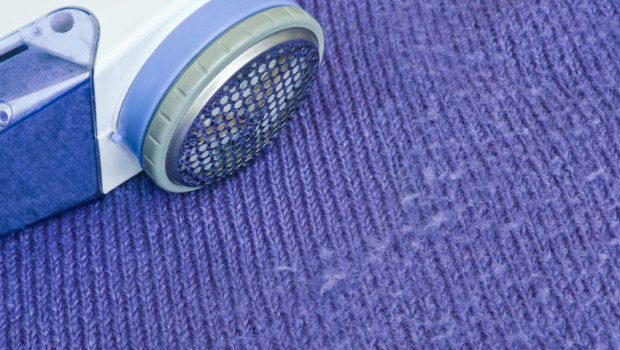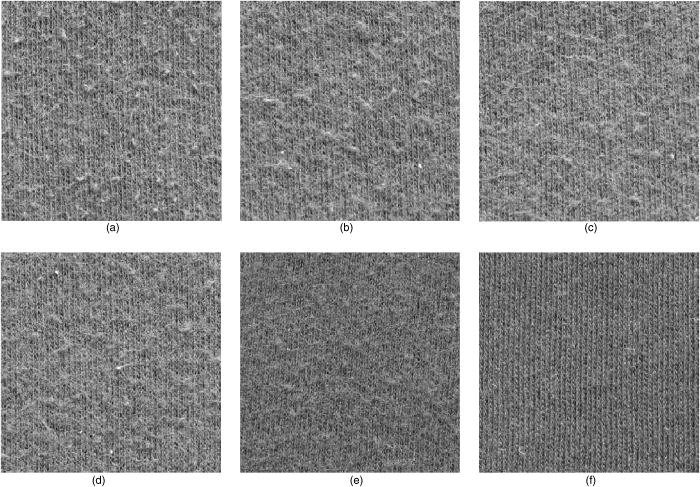
NewsInformation Center
Analysis on the factors of fuzzing and pilling of fabric
2018/06/07

One of such conditions is what is called Pilling in Fabrics. What is the meaning of pilling in fabrics? Pilling in fabric is formation of little balls or aggregate of fibers on the surface of the fabric which is as a result of abrasion in the textile material. The balls or fiber aggregate is called Pills. It is very important to understand that this fiber aggregates and balls formed on the fabric surface are formed by rubbing of loose fibers which are found on the surface of the pilling fabric. The loose fibers are from fiber ends that are not enclosed within the yarn structure or the creation of loose fiber from pulling out of one end from the fiber loop of the pilling fabric or textile. When such fibers which are loosened from the yarn structure or from the fiber loop are of certain height, they form what we call fiber aggregate or balls. These fiber balls are called Pills. These pills then become very noticeable and undesirable look on our fabrics and wears. With the brief explanation of what pilling in fabric means, it is very important to note that pilling in fabric can be removed and that there are some fabric that are less likely to pill.
The forming process of fabric pilling:
Fabric pilling is actually a process of entanglement of fabric fibers. In the process of fabric wearing and washing, the fibers of the yarns begin to be loosened under the continuous action of external forces such as friction and washing. When the friction force is greater than the fiber strength, the fiber end of the fabric is easy to reveal the fabric surface, and gradually slip outward from the yarn to form the ring and the villi, that is, the phenomenon of the fabric’s pilling.
Analysis of the cause of fabric pilling:
During the use of fabrics, it will gradually pilling, which will affect the appearance of fabrics and reduce the use performance of fabrics. Therefore, studying the cause of fabric pilling has a certain guiding significance for our actual production. Several aspects affecting fabric pilling include fiber properties, yarn structure, fabric tightness, finishing and dyeing processes. It can be seen that we must test the quality in every link of the production process, and testing tools are essential.
How to remove pilling in fabric:
There are several ways to remove pilling from your fabric and but the most effective and quickest way to remove pilling in fabrics and textiles is the use of battery-powered pill shaver or remover. The device is cost effective and very good to remove fabric pilling and it can be bought at most sewing or textile stores. Another way to remove the pilling on fabrics and wears is the use of pumice stone pill remover or pill comb are also effective and they are manually operated.
Moreover, there are fabrics and textile materials that are less likely to pill while some are very likely to pill. Fabrics made of wool, cotton, polyester, nylon and acrylic have the most tendencies to pill however, and synthetic materials are more severe when pilling occurs on them. Fabric with longer fibers are less likely to pill. This is due to the how hard it is for longer fibers to work out of the loop or yarn structure. Woven fabrics are also fund to be less likely to pill than knitted fabrics. This is due to the distance of yarn crossings in knitted fabrics are more than that of woven fabrics.
Most people are not very pleased with the occurrence of pilling in fabrics and as such attribute pilling to textile defects and complain to manufacturers. Technology has provided some techniques such as Singeing and Spinning among others to prevent fabrics from pilling. Fabric and textile companies have also adopted the idea of pilling resistance tests, we can provide the textile testing equipment to help you solve the fabric pilling problems.


Previous: what's about the difference of Fabric and Textile
N e x t : Washing Color Fastness test method



